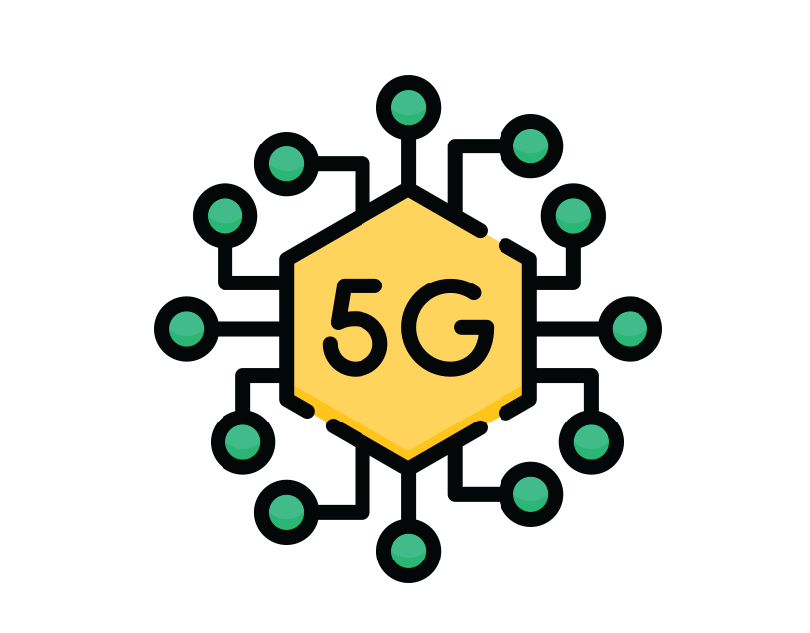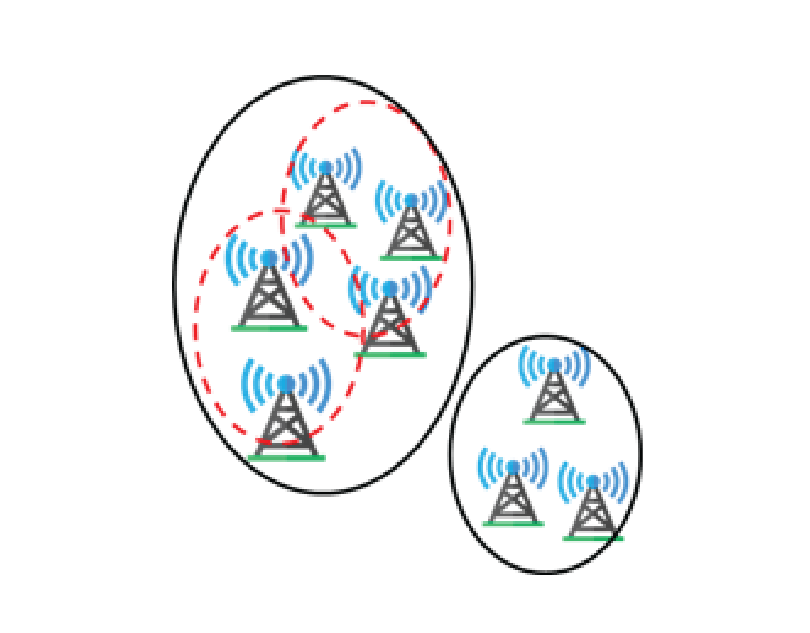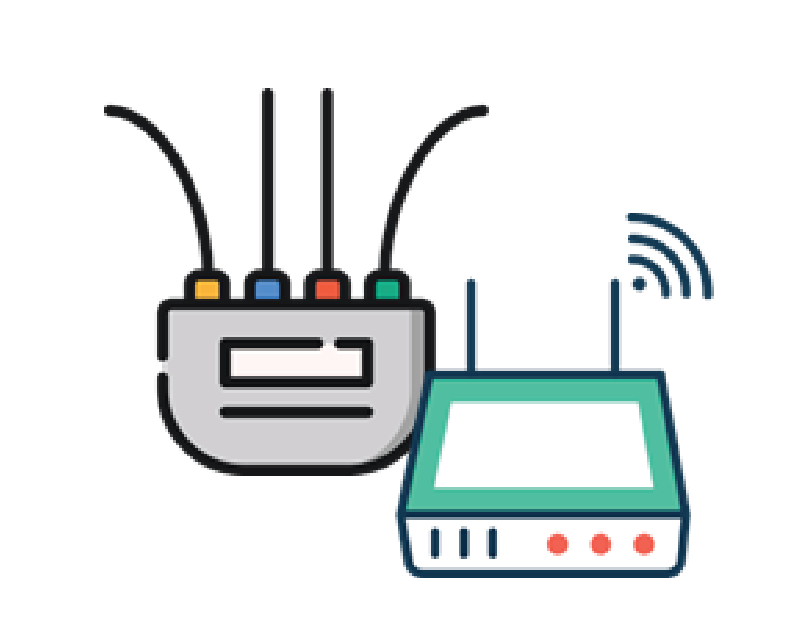
Course Introduction
In telecommunications, 5G technology is the fifth-generation technology standard for cellular networks, which cell phone companies began deploying around the world in 2019, and is the successor to 4G technology that provides connectivity to most current cell phones. Like its predecessors, 5G networks are cellular networks, where the service area is divided into small geographic areas called cells. All 5G wireless devices in the cell are connected to the Internet and the phone network via radio waves through a base station and antennas in the cell.
Course Objectives
- Importance of 5G technology
- Companies benefit from 5G technology
- Society benefit from 5G networks
- How does 5G technology work
- AWS 5G projects
- The advantages of a private 5G network

Course Introduction
The 5G Ultra-Wideband network, often referred to as 5G Ultra or 5G UW, is a specific implementation of 5G technology that offers significantly higher speeds, lower latency, and greater capacity compared to standard 5G. 5G Ultra-Wideband can deliver speeds up to several gigabits per second (Gbps), which is much faster than 4G LTE and standard 5G. This makes it suitable for data-intensive applications like streaming 4K video, virtual reality, and large file transfers.
Course Objectives
- Introduction to 5G Ultra Networks technology
- Security and protection technologies
- Edge Computing
- Improving network performance and upcoming improvements
- The role of artificial intelligence in 5G Ultra Networks

Course Introduction
Wired communication refers to the transmission of data over a wire-based communication technology (telecommunication cables). Wired communication is also known as wireline communication. Examples include telephone networks, cable television or internet access, and fiber-optic communication.Wireless communication is the transfer of information between two or more points without the use of an electrical conductor, optical fiber or other continuous guided medium for the transfer.
Course Objectives
- Understand wired & wireless communication
- History of Telecommunications
- The future of communications in the world
- When was wireless communication invented
- Disadvantages of wired communication

Course Introduction
An optical fiber, or optical fiber, is a flexible glass or plastic fiber that can transmit light from one end to the other. Such fibers find wide usage in fiber-optic communications, where they permit transmission over longer distances and at higher bandwidths (data transfer rates) than electrical cables.
Course Objectives
- Fiber Optics Material
- How do Optical Fibers work
- How to make optical Fibers
- Use optical Fibers
- Optical Fibers and Fiber Optic cables

